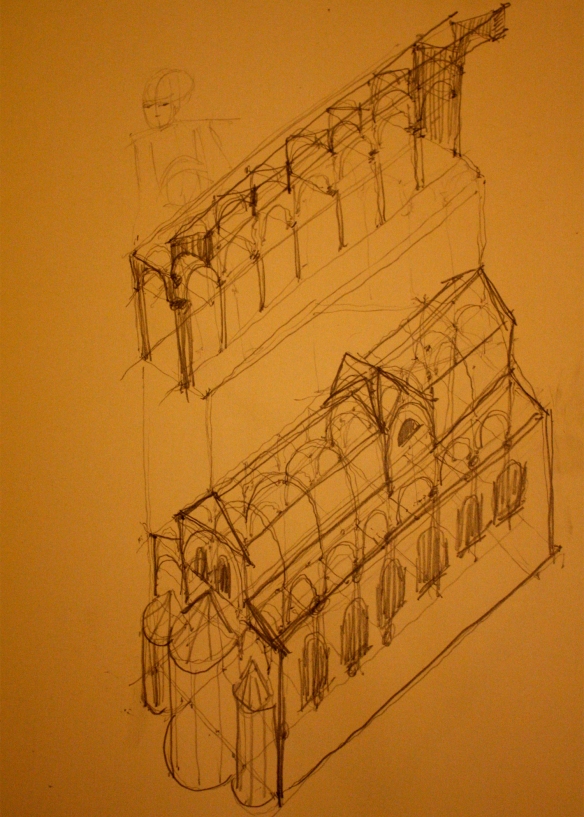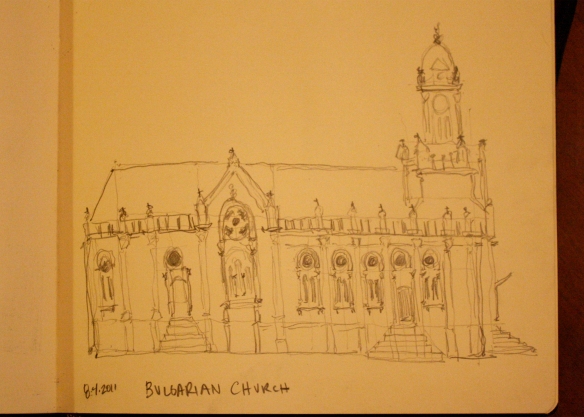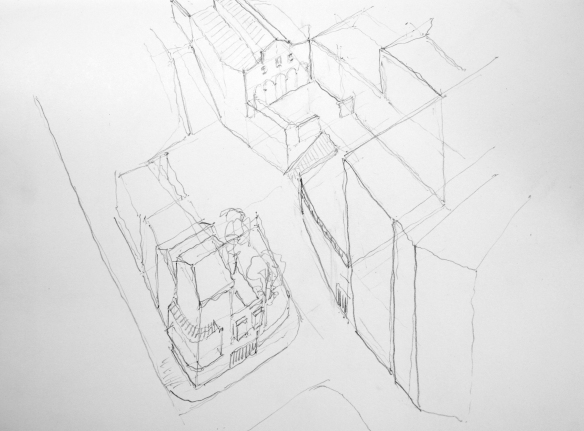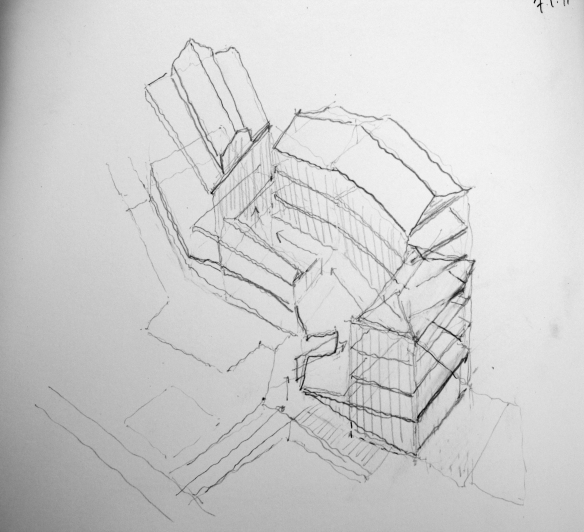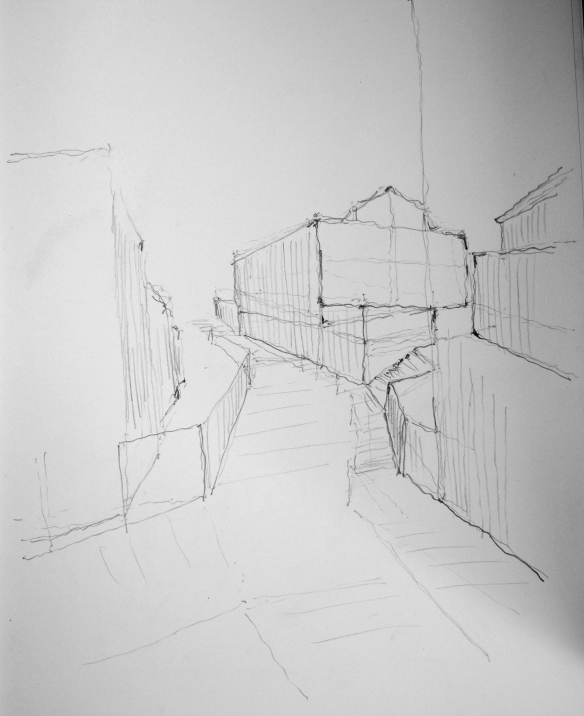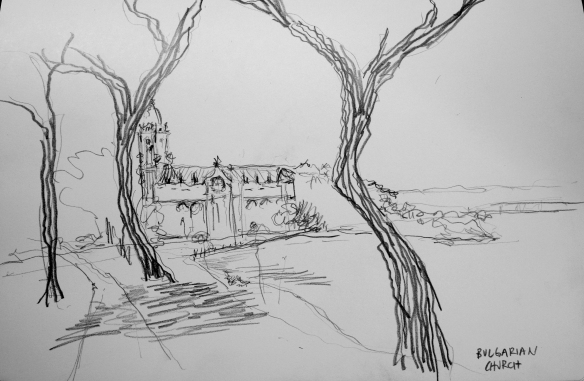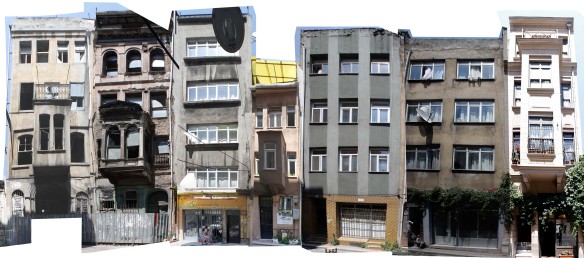We walked and mapped a bit of Fener-Balat a few days ago, here are some of the pictures. Fener-Balat is located on the far edge of the historic peninsula, close to the Theodosian walls and the one-time palace of Blacharnae and is the location of two of the most prominent minority groups in Istanbul: Orthodox Greek and Jews. Since the 1950s, a massive population exchange and violence and discrimination led many of the Jews and Greeks to flee, leaving their homes untended. Subsequently, immigrant groups, mostly Kurds, have entered the area and made it their own.
Fener-Balat is located on the far edge of the historic peninsula, close to the Theodosian walls and the one-time palace of Blacharnae and is the location of two of the most prominent minority groups in Istanbul: Orthodox Greek and Jews. Since the 1950s, a massive population exchange and violence and discrimination led many of the Jews and Greeks to flee, leaving their homes untended. Subsequently, immigrant groups, mostly Kurds, have entered the area and made it their own.
However, the presence of the Greek Orthodox patriarchate still brings Greeks to the area, especially now, since most of the hard feelings towards the Greeks have passed. In the entrance to Fener, even many of the shops had signs in both Greek and Turkish, and we witnessed many Greek tours going through the patriarchate. Since this brings a fair amount of money to the region, I suspect that the residents by and large do not mind the Greeks visiting their adopted neighborhood.

A series of shops immediately outside of the Patriarchate
Here are some images and drawings of the building that constitutes the patriarchate:

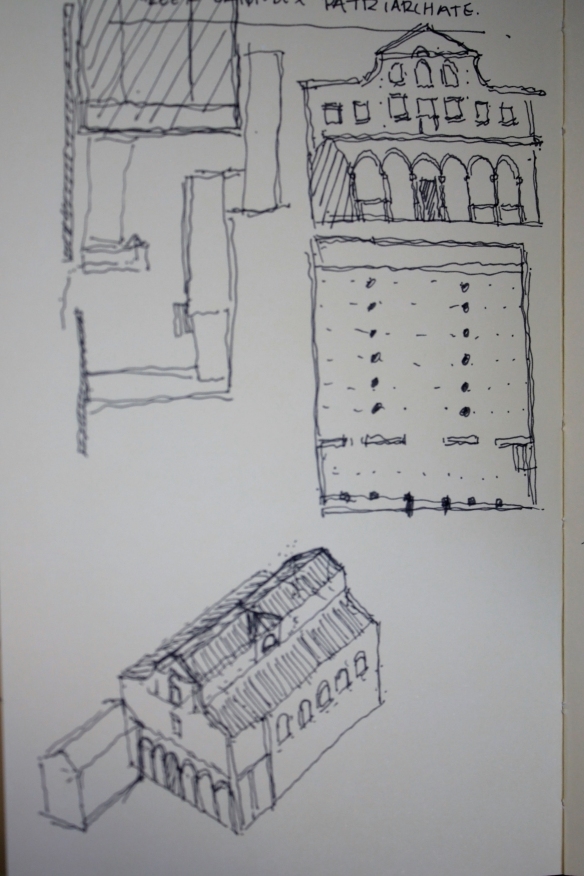
 We also had the opportunity, because we missed the first ferry stop, to walk through the neighborhood that sits next to Balat, nestled right against the walls. In these places, the distinction from neighborhood to neighborhood is hard to draw, so I will just show you the photographs from all three.
We also had the opportunity, because we missed the first ferry stop, to walk through the neighborhood that sits next to Balat, nestled right against the walls. In these places, the distinction from neighborhood to neighborhood is hard to draw, so I will just show you the photographs from all three.
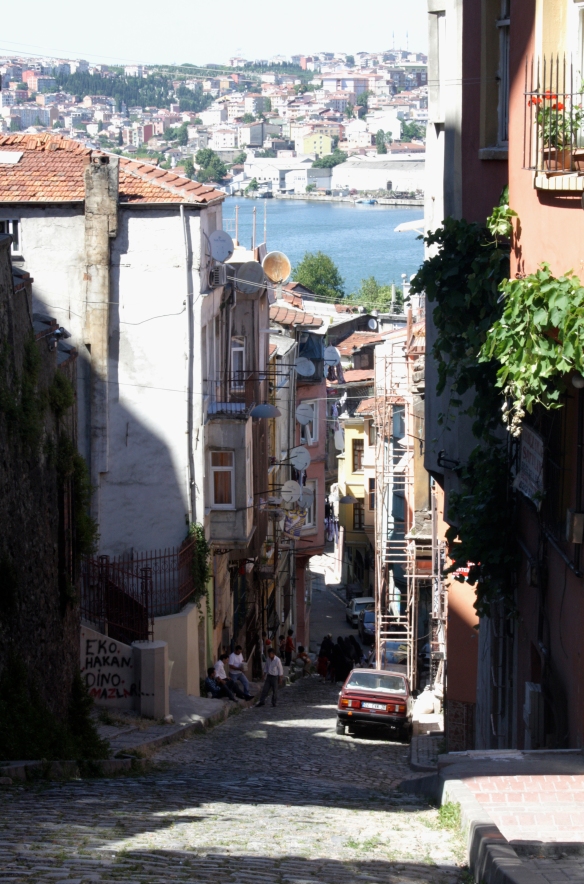

Narrow street in Fener leading up to a Greek Lyceum

Laundry
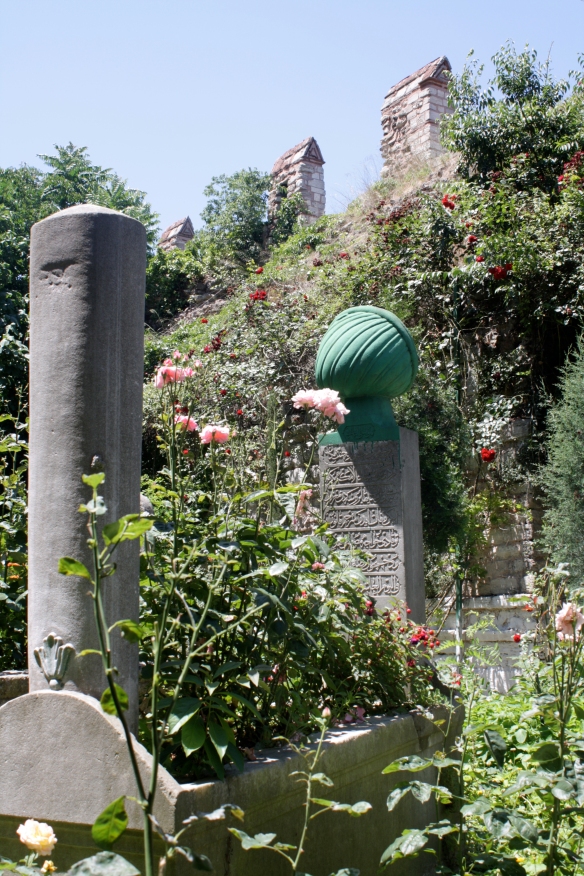
Gardens outside of Blacharnae Palace
In comparison to Suleymaniye, which has been characterized as a place for bachelors to live, Fener-Balat seemed full of families and young children, women washing their rugs in the streets, playing ball games, and old men sitting in tiny stools outside of cafes and drinking tea. We could also clearly see which buildings had undergone a restoration project, either by the municipality or by UNESCO, these were often tagged and sat cheek-by-jowl with derelict buildings. Important to note also was the presence of protest signs, pointed out to us by a friendly local shopkeeper (more on him later) who took us around the neighborhood. We have begun documenting a few major streets in Fener-Balat and hope to have the rest catalogued very soon; then we will begin mapping and diagramming the social life of the neighborhood.



